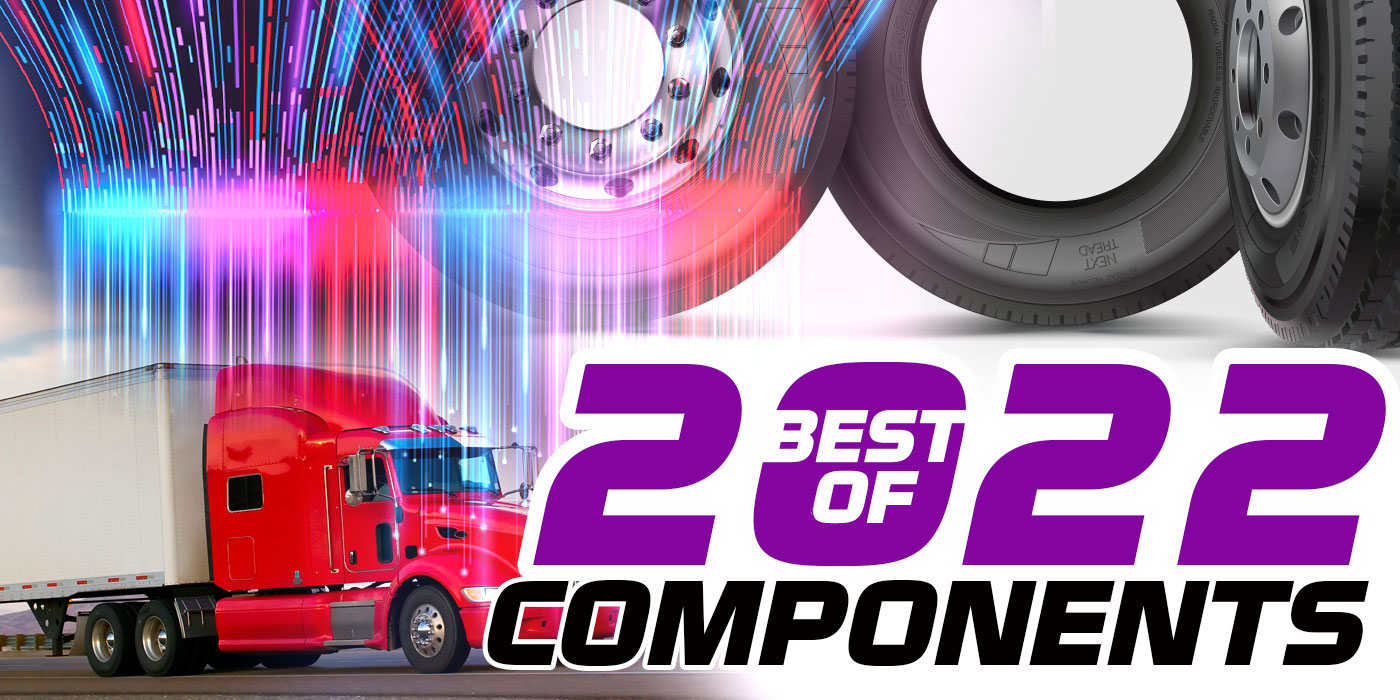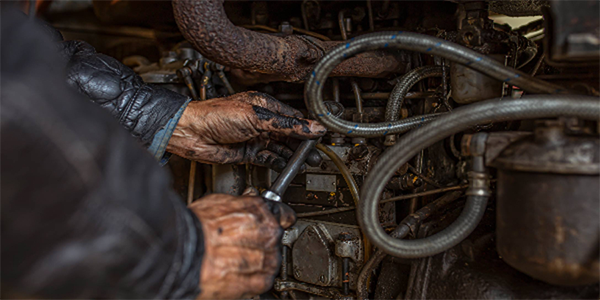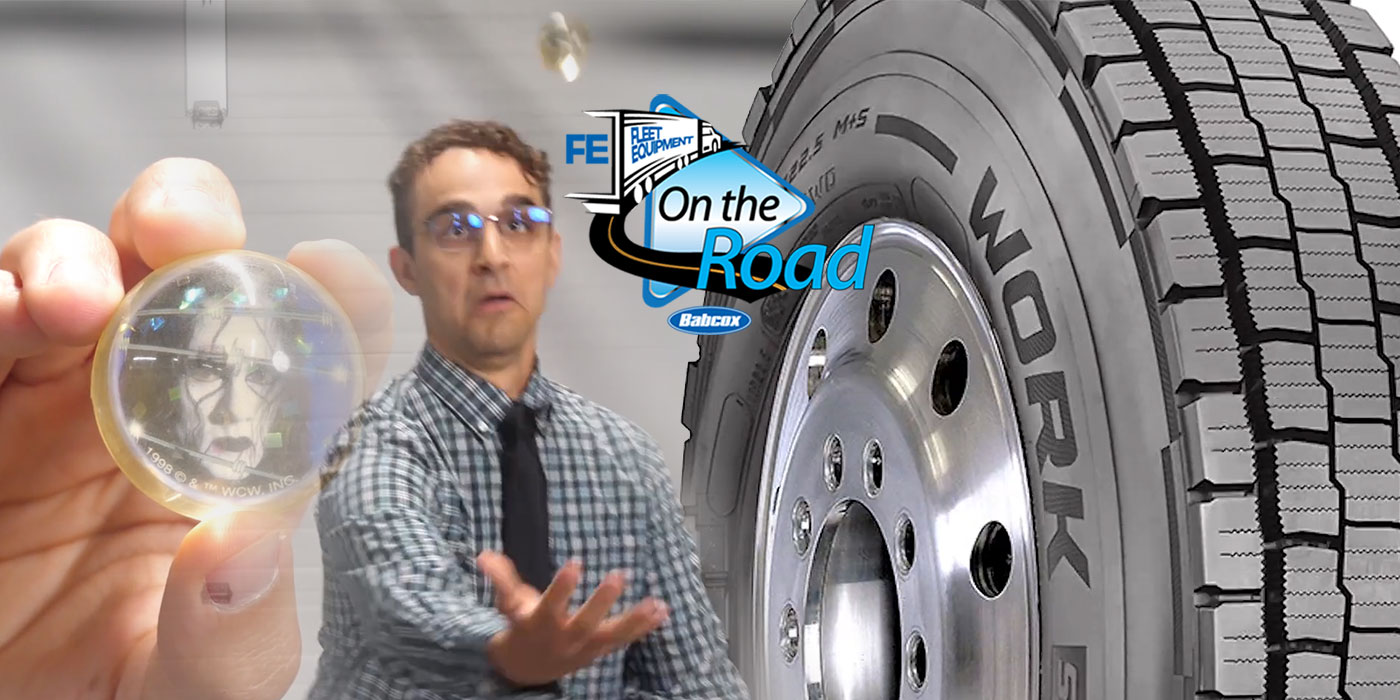Could tractor manufacturers make a top flap which would actually extend over the top of the trailer a foot or so? Onboard air enables us to raise the tractor or the flap during trailer hookup to prevent damage. A plastic top flap might actually ride on the top of the trailer during operation without causing damage.
And what about trailer tails? Already, we’ve seen significant fuel economy improvements, and I feel we’ve only scratched the surface. If we enlist the cooperation of dock hands to take a few extra precautions when loading, I think the sky is the limit on trailer tail designs.
But . . . I’ve saved the wildest for last. Since I first got involved with trucking in the ’80s, I’ve marveled at how high the center of gravity must be on a fully grossed-out trailer. Drivers must be careful to prevent rollovers when entering and exiting freeways at a time when they should be observing traffic.
Remember the equation: Aero Drag = CD x Frontal Area? What if we dropped trailer height a foot or two? If current frontal area is on the order of 110 sq. ft. (8.5-ft. multiplied by 13-ft.), frontal area could be reduced 15 to 20% simply by lowering the trailer. Imagine the fuel economy gains that would produce.
I realize the intrusion of wheel wells into the cargo area presents major problems for loading trailers, but couldn’t someone in our industry devise ways to make loading a trailer with internal wheel wells possible?
By now fleet operators are probably screaming at me about dock heights. Here again the advent of air suspension gives us a ton of options. We could design rear suspensions which could raise the trailer a foot or two when the vehicle was stationary. Or, we could simply pour a foot or two of concrete in front of the loading dock. We will need the full cooperation of cargo handlers if this idea is ever to become workable.
Just don’t be lulled into thinking that diesel fuel prices will remain low forever. The low crude prices were a reaction to recent loss of market share, but they can’t continue this indefinitely.














